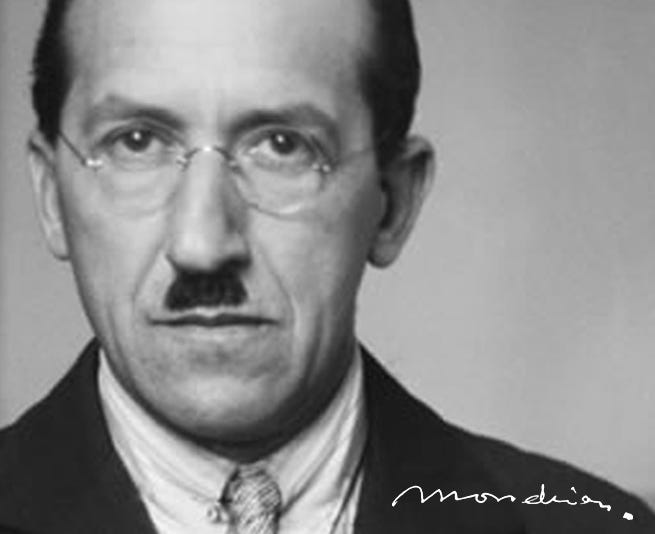In Short
Artist full name:
Piet Mondrian
Nationality:
Dutch
Date of birth - Date of death:
March 7, 1872 - February 1, 1944
Art movements:
Abstract Art, Cubism, Expressionism, Impressionism, Modern Art
Related artists:
Kandinsky, Rothko, Chagall, Klee, Léger, Picasso, Modigliani, Munch, Vasarely
Main works:
Broadway Boogie-Woogie, Gray Tree, Victory Boogie-Woogie, Composition A
Related categories:
Backpacks, Bags, Pins, Sculptures, Skateboards, Art, Sweaters, T-shirts, Coffee & Tea, Drinkware



















